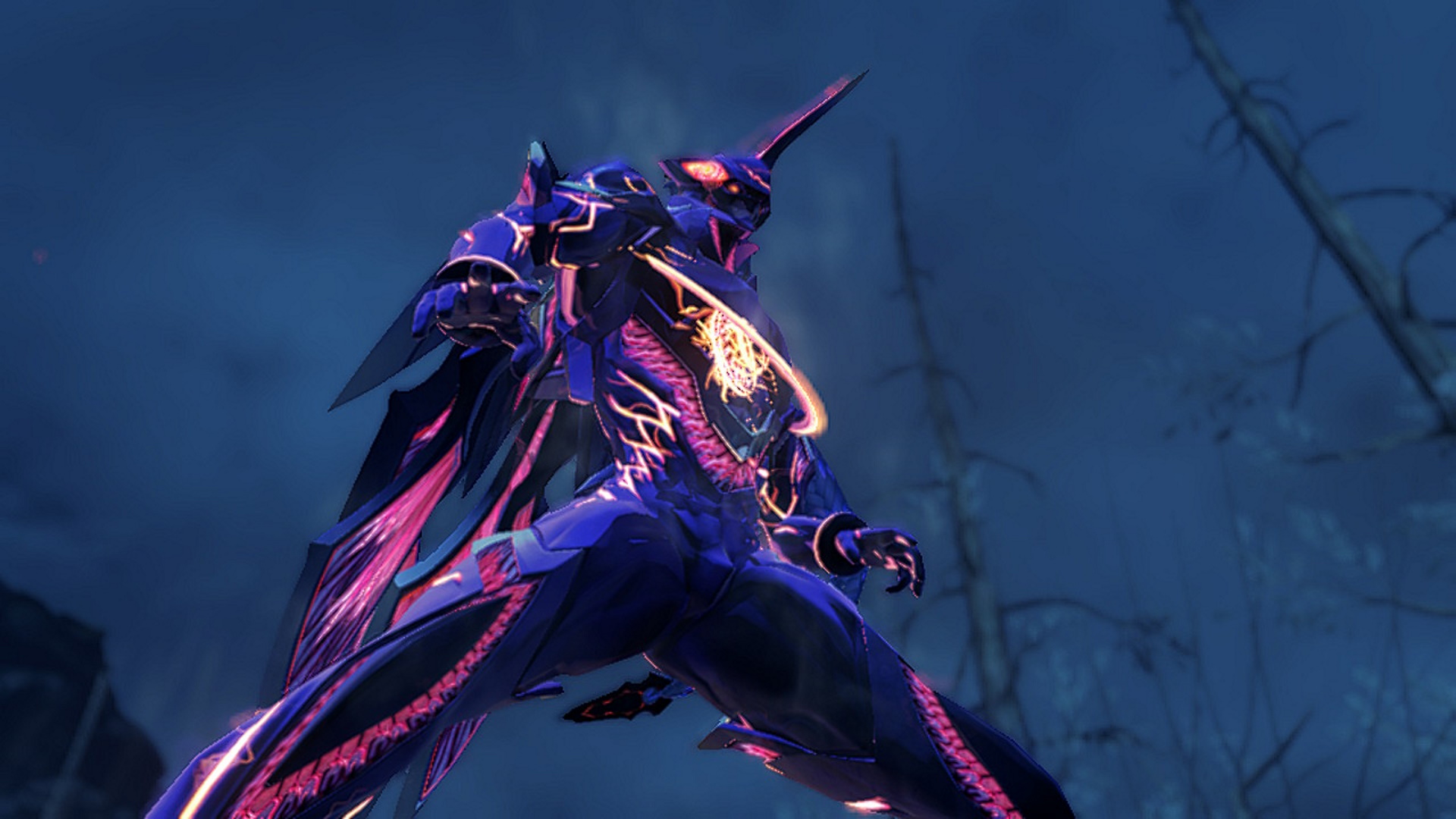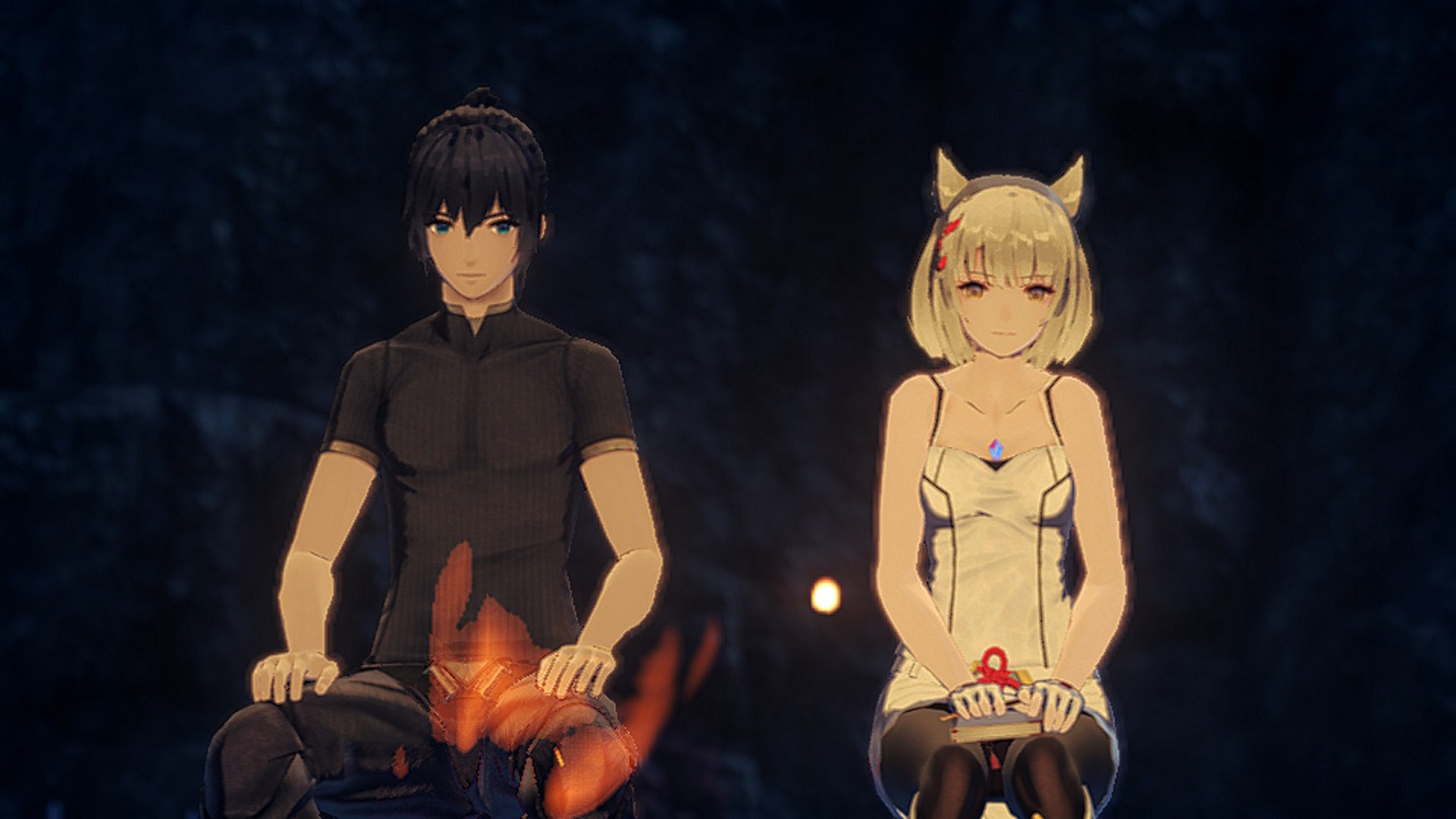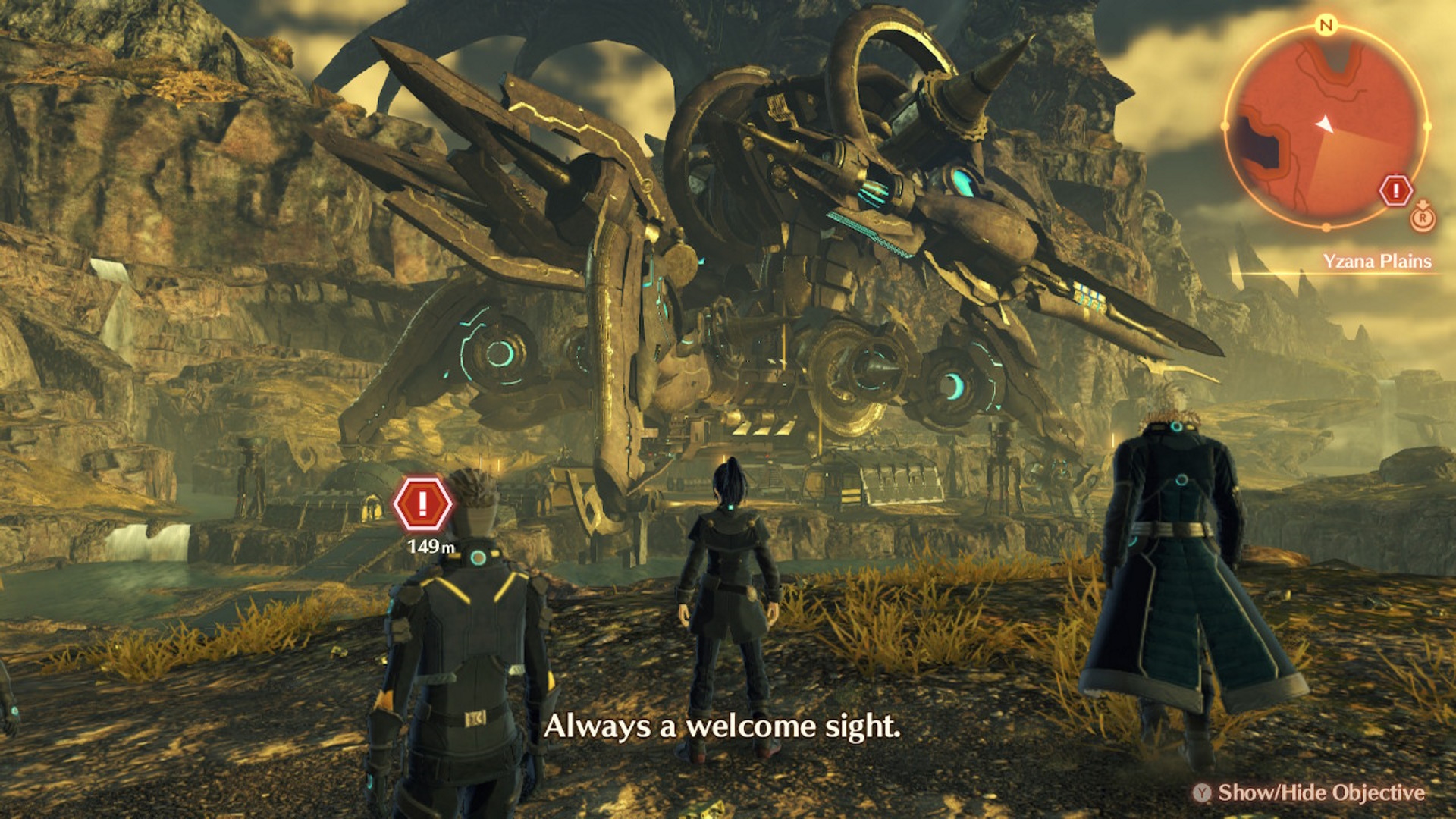Xenoblade Chronicles 3 is a step up in JRPG storytelling
Third time’s charming

Xenoblade Chronicles 3’s opening scene shows developer Monolith Soft isn’t prepared to shake up the trope-filled JRPG toolbox, and I’m here for it.
Yes, Xenoblade Chronicles 3 opens with two massive armies facing off in a sci-fi battle. But, instead of greeting you with a ream of exposition and a hero swishing and slashing across the battlefield, we meet Noah, one of the game’s protagonists, telling us to “forget the giant robots, focus on the people dying beneath their feet”.
Evidently, this game isn’t about the epic wish-fulfillment; it’s about the cost of living in a world driven by strife and conflict. Xenoblade Chronicles 3 doesn’t just break from the bulk of the JRPG genre; it’s splitting away from its own predecessors.
At the heart of this Nintendo Switch exclusive RPG are two warring nations – Keves and Agnus, both fight using armies of engineered soldiers with short, 10-year lifespans. If they’ve not died in battle, the young soldier’s reward is a ‘Homecoming.’ This strange ceremony sees the nation’s queen disperse the soldier’s life force back into the ether while their friends and loved ones watch and lament, wondering if they will survive long enough to experience the same fate.
I didn't expect such an intimate, relatable, and timely message from Xenoblade.
Previous Xenoblade games grappled with big, abstract themes such as free will, but the bigger picture often felt detached from the characters fighting to bring about change. So far in what I’ve played of Xenoblade 3, the plot’s more significant issues are shaping every aspect of the protagonists’ lives, forcing them into prescribed roles and replacing their dreams of a better future with a desire only to fight and serve their queen. It’s still heavy-handed, and there’s no mistaking the message Monolith wants to convey. Still, it’s a more intimate, relatable, and timely message showing greater promise than I expected.

Xenoblade is no stranger to long cinematics and sweeping scores, but Xenoblade Chronicles 3 is using them more effectively. Take the prologue, for example. It opens on a scene where two worlds literally and figuratively clash, showing the effects of that collision as they erode the landscape, before transitioning into the never-ending conflict between Keves and Agnus, corroding the world's soul and its people.
It’s been five years since Xenoblade Chronicles 2 launched, so you could expect technical improvements like the seamless transition from large-scale cinematic into gameplay. Still, it’s also exciting to see the intention with which Monolith uses them. For instance, in one cinematic, when Noah, who acts as a kind of battlefield chaplain, sends a lost soul on, the music silences as if out of respect for the fallen. During one non-quest scene where Noah sent an entire squadron of dead soldiers on, the camera panned upwards slightly, following the light effects and emphasizing the magnitude of the loss.
Sign up for breaking news, reviews, opinion, top tech deals, and more.

Likening Xenoblade 3 to watching an anime doesn’t quite do it justice; the closest comparison is probably Bandai Namco’s Tales of Arise, another JRPG that uses thoughtful design to explore serious topics. To Monolith’s credit, Xenoblade 3 is captivating despite working with hardware that is clearly holding the game back.
It’s a step back from Xenoblade Chronicles 2, which handled the Switch’s technical limitations more gracefully.
While the character models and key environment points, such as the massive Mechon that serves as Colony 9’s initial base, are crisp and clean environmental details fare less well.
Distant textures are blurry, and assets such as grass only render at close range. In open areas, you look out over a vast expanse of blurred, flat land that’s frankly just unappealing, made even worse by the sharp screen on the Nintendo Switch OLED. It’s a step back from Xenoblade Chronicles 2, which handled the Switch’s technical limitations more gracefully.

Still, while it may not be much to look at, Xenoblade Chronicles 3’s early areas reward exploration in other ways, sometimes with treasure, as you’d expect from an RPG, but sometimes with an unexpected side quest or an event.
I can only comment on Xenoblade Chronicles 3’s opening chapter, so I can’t say much about changes to combat – I’ve only just gained the option to swap lead party members and experiment with classes. Though, if you’ve played Xenoblade, that first chapter may be a chore, as you’ll face unskippable tutorials walking you through the combat basics you’ve mastered in earlier games.
However, there are hints of more significant changes in future chapters. Fighting with a party of six, instead of the previous games’ three, meaning there’s an impressive amount of skill variety on the battlefield at any one time, even among characters of the same class. Mio and Lanz are both defenders, for example, but their abilities are completely different. Lanz plays more aggressively, using Sword Strike and Air Slash to cancel enemy attacks, while Mio excels at drawing enemy attention with high aggro arts, such as Gemini Strike and Butterfly Blade.

It’s similar in essence to the variety that weapon types offered in Xenoblade 2, but implemented more coherently, opening the door to more strategic battles and party planning. Chapter two also introduces the option to change character classes, though how much of an effect that has on combat will show in later chapters.
I’ve not had the chance to get to grips with the Ouroboros system, which lets specific pairs of characters merge into a mega form, but it holds the potential for some fantastic battles later on.
Xenoblade Chronicles 3’s opening chapter doesn’t just tease the grand battles you’d expect from a JRPG series that built a reputation for massive scale, it also reveals a game created to highlight and play with the more minor details of its world. The lands ahead might be blurry, but I’m looking forward to uncovering the secrets they hold.

Josh is a freelance writer who’s appeared on GameSpot, Eurogamer, Polygon, IGN, and more. He covers pretty much everything from guides to reviews and news and is a particular fan of RPGs and story rich games. When he’s not chatting incessantly about Falcom games, you’ll probably find him outside with his Australian Shepherd and Belgian Malinois.
